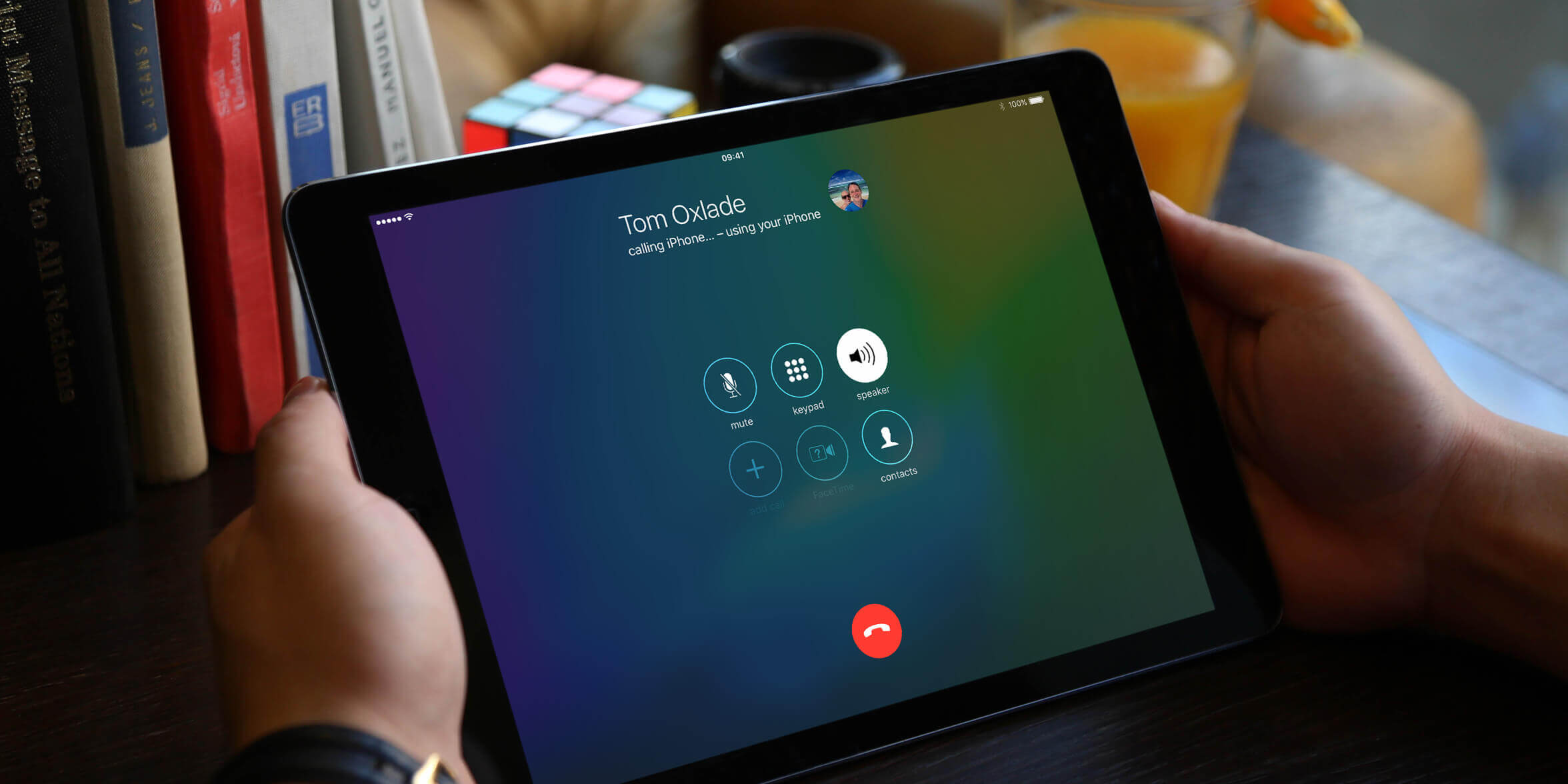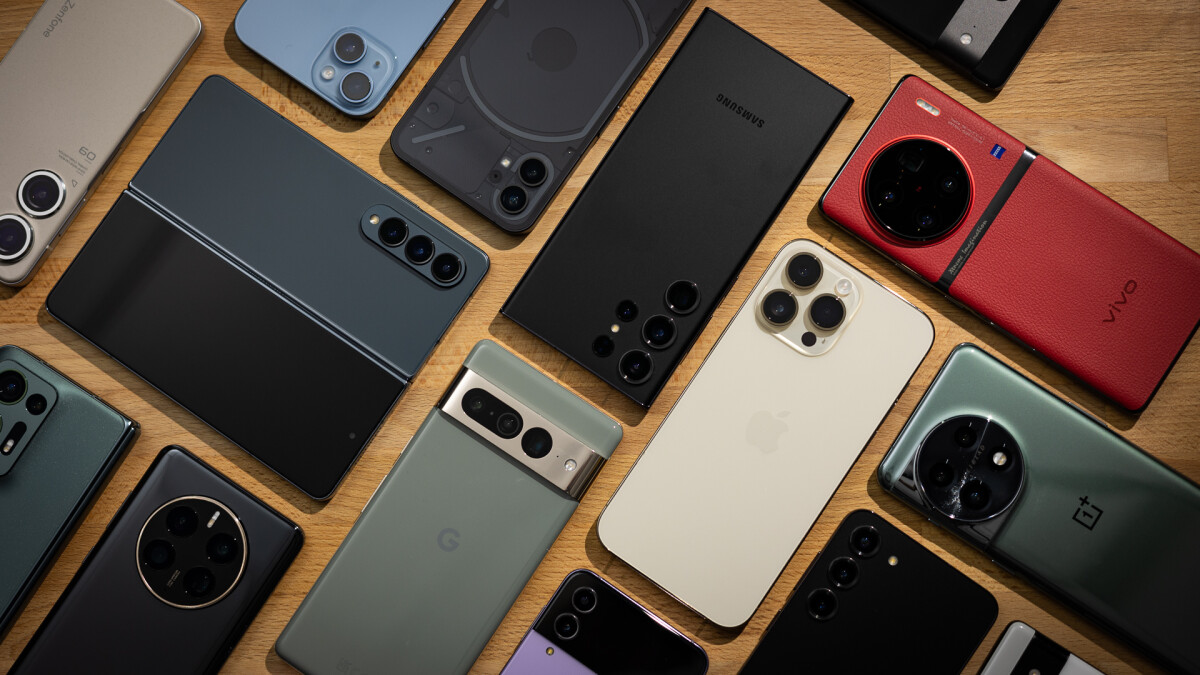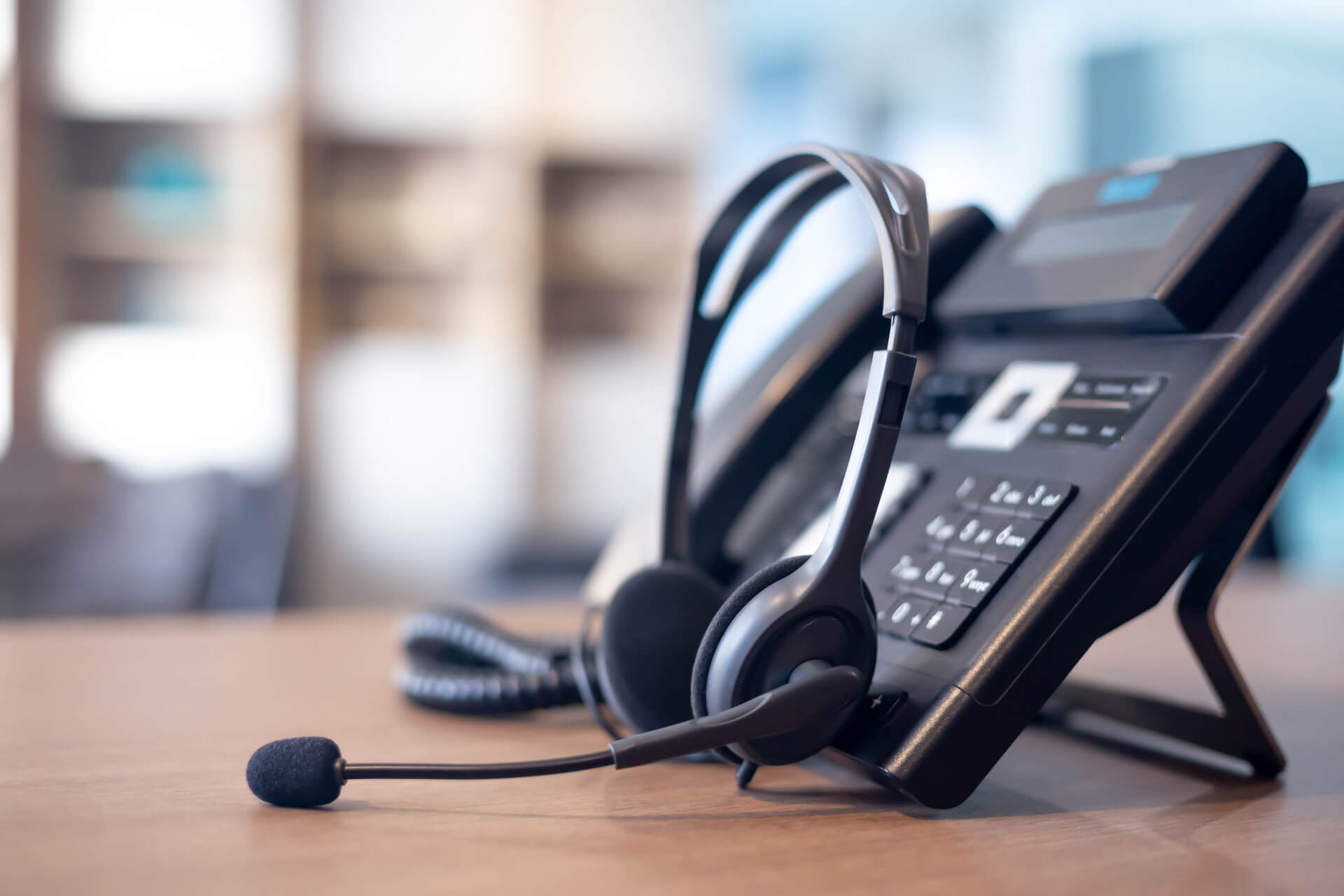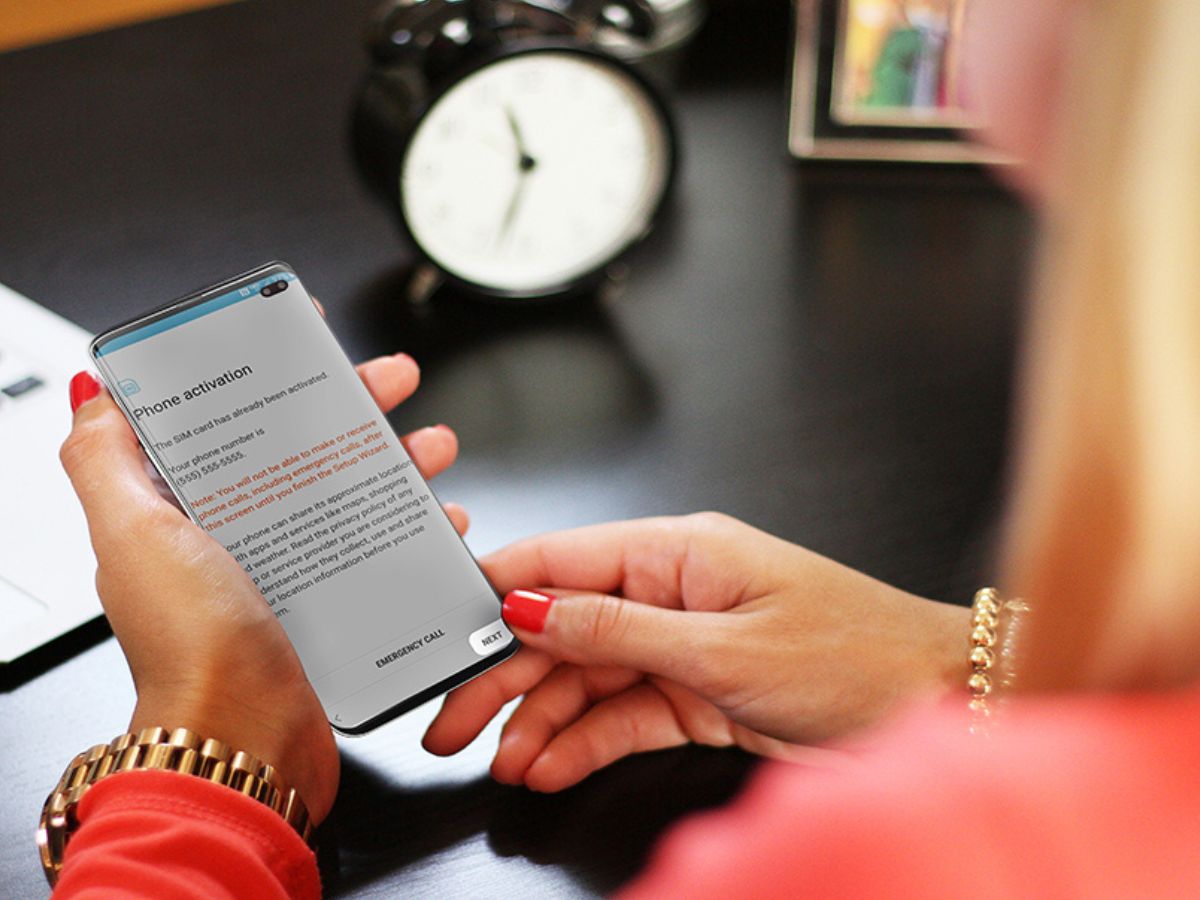What is Voice Over Internet Protocol (VOIP)?
Voice Over Internet Protocol (VOIP) is a revolutionary technology that has transformed the way we communicate. It refers to the transmission of voice and multimedia content over internet protocol (IP) networks. In simpler terms, VOIP allows individuals to make phone calls using the internet rather than traditional phone lines. This is achieved by converting analog audio signals into digital data packets, which are then transmitted over the internet to the recipient's device.
One of the key advantages of VOIP is its cost-effectiveness. Unlike traditional phone systems, VOIP eliminates the need for dedicated phone lines, resulting in significant cost savings for businesses and individuals. Additionally, VOIP offers greater flexibility and scalability, allowing users to make and receive calls from any internet-enabled device, including smartphones, laptops, and desktop computers.
Another crucial benefit of VOIP is its ability to integrate various communication channels. In addition to voice calls, VOIP technology supports video conferencing, instant messaging, and file sharing, providing a comprehensive communication solution for both personal and professional use. This seamless integration enhances productivity and collaboration, making it an invaluable tool for modern businesses.
Furthermore, VOIP enables users to bypass geographical limitations. With traditional phone systems, long-distance calls can be prohibitively expensive. However, VOIP leverages the internet to transmit data, thereby reducing or eliminating long-distance charges. This global connectivity fosters enhanced communication and collaboration on a global scale, breaking down barriers and facilitating international business relationships.
The reliability and quality of VOIP have significantly improved over the years, thanks to advancements in internet infrastructure and technology. With a stable internet connection, VOIP users can enjoy crystal-clear voice calls and seamless multimedia transmission, rivaling or even surpassing the quality of traditional phone services.
In summary, Voice Over Internet Protocol (VOIP) represents a paradigm shift in communication technology, offering cost-effective, flexible, and feature-rich solutions for individuals and businesses alike. Its ability to seamlessly integrate various communication channels and transcend geographical boundaries makes it a powerful tool for fostering connectivity and collaboration in the digital age.
The Importance of Headsets in VOIP Communication
When it comes to Voice Over Internet Protocol (VOIP) communication, the significance of headsets cannot be overstated. These essential accessories play a pivotal role in ensuring clear, uninterrupted communication and enhancing the overall user experience. Whether used for business calls, virtual meetings, or casual conversations, VOIP headsets offer a multitude of benefits that contribute to seamless communication in the digital realm.
Clarity and Sound Quality
One of the primary reasons headsets are vital in VOIP communication is their ability to deliver exceptional sound quality. Unlike traditional phone receivers or built-in speakers, headsets are designed to minimize background noise and provide crystal-clear audio, ensuring that every word is heard with utmost clarity. This is particularly important in professional settings, where clear communication is crucial for effective collaboration and decision-making.
Hands-Free Convenience
VOIP headsets offer the convenience of hands-free communication, allowing users to engage in conversations while performing other tasks. Whether typing on a keyboard, referencing documents, or simply multitasking, the hands-free nature of headsets enables users to maintain productivity without compromising the quality of their communication. This is especially valuable in work environments where efficiency and multitasking are essential.
Privacy and Focus
In open office environments or shared spaces, maintaining privacy during phone calls can be challenging. VOIP headsets provide a solution by creating a private communication channel between the user and the caller. By wearing a headset, individuals can engage in conversations without disturbing colleagues and without being overheard, fostering a focused and professional work environment.
Mobility and Flexibility
With the increasing prevalence of remote work and virtual meetings, the mobility and flexibility offered by VOIP headsets have become indispensable. Whether working from home, a co-working space, or a traditional office, users can move freely while on calls, thanks to the wireless capabilities of many modern headsets. This freedom of movement enhances comfort and adaptability, allowing individuals to communicate effectively from any location.
Ergonomic Comfort
Comfort is a crucial consideration, especially for individuals who spend extended periods on calls or in virtual meetings. VOIP headsets are designed with ergonomic features to ensure comfort during prolonged use. Adjustable headbands, cushioned ear cups, and lightweight designs contribute to a comfortable wearing experience, reducing fatigue and enhancing overall user satisfaction.
In essence, VOIP headsets are indispensable tools that significantly enhance the quality, convenience, and privacy of communication in the digital age. Their role in promoting clear, hands-free, and comfortable communication experiences underscores their importance in the realm of VOIP communication. As technology continues to evolve, the significance of headsets in VOIP communication remains paramount, providing users with the tools they need to communicate effectively and efficiently in an increasingly interconnected world.
Types of VOIP Headsets
When it comes to choosing a VOIP headset, users are presented with a diverse range of options, each tailored to specific preferences and requirements. Understanding the different types of VOIP headsets can help individuals make informed decisions based on their unique needs. Here are the primary types of VOIP headsets available in the market:
1. Wired Headsets
Wired VOIP headsets, also known as corded headsets, are connected to devices via physical cables. These headsets typically feature a standard 3.5mm audio jack or USB connector for seamless connectivity to computers, laptops, or other compatible devices. Wired headsets are favored for their reliable and consistent audio transmission, making them suitable for individuals who prioritize stable connections and minimal latency during calls.
2. Wireless Headsets
Wireless VOIP headsets offer enhanced mobility and freedom of movement, making them popular choices for individuals who value flexibility and convenience. These headsets utilize wireless technologies such as Bluetooth or dedicated radio frequency (RF) connections to establish communication with compatible devices. With no physical tethering, users can move around without constraints, making wireless headsets ideal for multitasking and dynamic work environments.
3. On-Ear Headsets
On-ear VOIP headsets feature ear cups that rest directly on the ears, providing a compact and lightweight design. These headsets are known for their portability and discreet appearance, making them suitable for individuals who prefer a sleek and minimalist aesthetic. On-ear headsets are ideal for short to moderate duration usage, offering a balance of comfort and practicality for everyday communication needs.
4. Over-Ear Headsets
Over-ear VOIP headsets, also referred to as circumaural headsets, feature larger ear cups that fully enclose the ears. This design offers superior noise isolation and immersive audio experiences, making over-ear headsets well-suited for extended usage and environments with high ambient noise levels. Additionally, the larger ear cups contribute to enhanced comfort during prolonged calls or virtual meetings.
5. Convertible Headsets
Convertible VOIP headsets provide versatile wearing options, allowing users to customize their headset configuration based on individual preferences. These headsets come with interchangeable components, enabling users to switch between wearing styles, such as over the head, behind the neck, or over the ear. Convertible headsets cater to diverse user preferences, ensuring adaptability and comfort across various work settings.
6. Dual-Connectivity Headsets
Dual-connectivity VOIP headsets are designed to seamlessly connect to multiple devices simultaneously, offering enhanced convenience and flexibility. Users can pair these headsets with both their computer and mobile devices, allowing them to seamlessly transition between different communication platforms without the need to switch headsets. This feature is particularly beneficial for individuals who manage calls across multiple devices throughout the day.
Understanding the distinct characteristics and benefits of each type of VOIP headset empowers users to make informed decisions based on their specific communication needs and preferences. Whether prioritizing mobility, comfort, or versatility, the diverse range of VOIP headsets available in the market ensures that individuals can find the perfect solution to elevate their VOIP communication experiences.
Features to Consider When Choosing a VOIP Headset
When selecting a VOIP headset, several key features should be carefully evaluated to ensure that the chosen headset aligns with the user's specific needs and preferences. These features play a crucial role in determining the overall comfort, audio quality, and usability of the headset in various communication scenarios. By considering the following features, individuals can make informed decisions and select a VOIP headset that enhances their communication experiences.
-
Audio Quality: Prioritizing superior audio quality is essential for clear and effective communication. Look for headsets equipped with advanced audio technologies, such as noise-canceling microphones and high-fidelity speakers, to minimize background noise and ensure crisp, intelligible sound during calls and meetings.
-
Comfort and Ergonomics: Comfort is paramount, especially for individuals who spend extended periods wearing headsets. Consider features such as cushioned ear cups, adjustable headbands, and lightweight designs to ensure a comfortable fit. Ergonomically designed headsets reduce fatigue and contribute to a pleasant user experience.
-
Connectivity Options: Assess the connectivity options offered by the headset, such as USB, 3.5mm audio jack, or wireless connectivity. Evaluate compatibility with various devices and platforms to ensure seamless integration into existing communication setups, whether it involves computers, laptops, smartphones, or VOIP desk phones.
-
Wireless Range and Battery Life: For wireless headsets, the wireless range and battery life are crucial considerations. Evaluate the range over which the headset can maintain a stable connection with the paired device, and assess the battery life to ensure uninterrupted communication without frequent recharging.
-
Noise Cancellation: Active noise cancellation technology is invaluable in noisy environments, as it effectively reduces ambient sounds, enhancing the clarity of incoming and outgoing audio. Evaluate the effectiveness of the noise cancellation feature to determine its suitability for the user's work environment.
-
Microphone Flexibility: Look for headsets with adjustable or flexible microphones that can be positioned close to the mouth for optimal voice pickup. A versatile microphone design allows users to customize the microphone's position based on their individual preferences and speaking style.
-
Compatibility with Communication Software: Assess the compatibility of the headset with popular communication software and VOIP platforms. Seamless integration with platforms such as Zoom, Microsoft Teams, Skype, and others ensures a streamlined communication experience without compatibility issues.
-
Durability and Build Quality: Consider the overall build quality and durability of the headset, especially for individuals who require a robust and long-lasting communication solution. High-quality materials and a sturdy construction contribute to the longevity of the headset.
By carefully evaluating these essential features, individuals can select a VOIP headset that aligns with their communication requirements, offering exceptional audio quality, comfort, and versatility. Whether used for professional calls, virtual meetings, or casual conversations, a well-chosen VOIP headset can significantly enhance the overall communication experience, promoting productivity and clarity in various work environments.
How to Set Up a VOIP Headset for Optimal Performance
Setting up a VOIP headset for optimal performance involves a series of essential steps that ensure seamless integration, superior audio quality, and comfortable usability. By following these guidelines, users can maximize the potential of their VOIP headsets, resulting in clear, distraction-free communication experiences.
-
Selecting the Right Connectivity: Depending on the type of VOIP headset chosen, whether wired or wireless, it is crucial to select the appropriate connectivity option. For wired headsets, ensure that the audio jack or USB connector is securely plugged into the compatible device. Wireless headsets require pairing with the target device following the manufacturer's instructions, typically involving Bluetooth pairing or RF connectivity setup.
-
Adjusting Audio Settings: Access the audio settings on the computer or communication software to configure the headset as the default audio input and output device. This step ensures that the headset is recognized for both transmitting the user's voice and receiving incoming audio, guaranteeing a seamless communication experience.
-
Testing Microphone and Speaker: Before initiating calls or virtual meetings, perform a quick test to ensure that the microphone and speaker of the VOIP headset are functioning correctly. This involves recording a brief audio clip to confirm the microphone's sensitivity and testing the speaker's output to verify clear audio playback.
-
Positioning the Microphone: Proper positioning of the microphone is essential for optimal voice pickup. Adjust the microphone boom to position it approximately one to two inches from the user's mouth, ensuring that the microphone captures clear and intelligible speech without picking up excessive background noise.
-
Evaluating Noise Cancellation: If the VOIP headset features noise cancellation technology, assess its effectiveness in reducing ambient sounds. Engage in a test call or simulate typical work environment noise to verify that the noise cancellation feature effectively minimizes distractions, contributing to clear and focused communication.
-
Comfort and Fit: Ensure that the headset is comfortably positioned, with the headband or ear cups providing a secure yet comfortable fit. Adjust the headset to minimize pressure points and ensure that extended usage remains comfortable, promoting user satisfaction and prolonged wearability.
-
Customizing Audio Preferences: Explore the audio settings within the communication software or operating system to fine-tune audio preferences, such as equalizer settings, volume levels, and microphone sensitivity. Customizing these settings can enhance audio clarity and tailor the communication experience to individual preferences.
By meticulously following these steps, users can set up their VOIP headsets for optimal performance, ensuring that they derive maximum benefit from their communication tool. Whether used for professional calls, virtual meetings, or everyday conversations, a well-configured VOIP headset contributes to clear, comfortable, and distraction-free communication experiences, ultimately enhancing productivity and collaboration in various work settings.

























